table of contents:
Getting started in sewing is an exciting adventure, but choosing your first sewing machine can quickly become a headache given the multitude of models, brands, and options available. Similarly, between mechanical, electronic, and unnecessary options, choosing the right sewing machine for beginners can often be a challenge. What if the ideal choice depended primarily on often underestimated criteria? This article debunks preconceived notions, reveals the 5 keys to choosing the right models, and reveals the most popular models.
Avoid the mistakes that turn a creative dream into a headache and find THE machine that's right for your projects, like the JANOME 1522 BL, which is a benchmark for its simplicity and automation.
Mechanical or electronic: the false debate when choosing a beginner's sewing machine
Choosing a sewing machine for beginners often raises a dilemma: should you opt for a mechanical or electronic model? Behind this debate, some preconceived notions persist. Understanding their real differences allows you to avoid pitfalls and select the most suitable tool for confident progress.
The mechanical machine: a false good idea to start with?
Mechanical machines are often perceived as the simplest and rely on manual adjustments via dials. This idea appeals to beginners, but it hides pitfalls. Their operation requires immediate technical mastery that novices have not yet acquired.
The lack of cruise control forces you to control the pedal from the start, which is a discouraging factor. According to user feedback, 40% of users give up after several weeks of testing because of this setting alone. Manual thread tension and complex threading add to the frustration.
For example, on models like the Elna Sew Green , adjusting the tension requires precise adjustments to avoid wrinkles in the fabric. For a beginner, these steps make it even more difficult: 60% of users surveyed believe that these functions blocked them during their first two months of learning. If you're wondering which sewing machine for beginners avoids these kinds of constraints, mechanical isn't necessarily the best option.

The electronic machine: your best ally for learning gently
Electronic models , equipped with an LCD screen, transform learning into a seamless experience. Why? Here are the reasons:
- Speed control: Sew slowly without worrying about jerks, even with the pedal fully depressed. This function allows beginners to focus 100% of their attention on guiding the fabric.
- The automated needle threader: Avoid 70% of wasted time in this step, according to tests by novice seamstresses. On the Janome M30A , a simple press of a lever activates the system.
- Built-in alerts: The system signals oversights (foot off, empty can), reducing errors by 50%. Most models emit a beep or display a clear pictogram.
- Up/Down Needle Position: Allows you to rotate the fabric without losing its alignment. A valuable time saver for patchwork or trouser hems.
Brands like Elna and Janome offer electronic models for less than €400. The ELNA experience 450 , for example, offers 30 basic stitches and a digital chart for intuitive handling.
These machines, lighter than their mechanical counterparts, often include video tutorials via QR code. This visual support benefits 85% of self-taught learners. Features like the free arm (essential for tubular hems) or LED lighting (ideal for sewers in poorly lit interiors) facilitate creative projects.
For the same price, electronic sewing machines have a 30% faster learning curve, according to user feedback. Their automatic tension system prevents tears in fine fabrics, a common problem for beginners. For those still wondering which sewing machine for beginners offers comfort and efficiency, electronic sewing machines often stand out as the best choice.
Ultimately, the answer to the question of which sewing machine is best for beginners comes down to your priorities: ease of use, speed of learning, and features suited to your first projects.
The 3 key features for a first sewing machine
Choosing the right sewing machine for a beginner can seem daunting, especially with the sheer number of models available. But did you know that over 90% of beginners only use three basic stitches? Focus on the essentials to avoid unpleasant surprises. A machine that's too complex can discourage many a beginner after their first few attempts.
1. The essential sewing stitches (and that's it!)
Models with more than 20 stitches may sound tempting, but why pay for unused features? Here are three key points to consider when choosing a sewing machine for beginners:
- Straight stitch: Essential for joining fabrics. A length adjustment prevents tears on thick fabrics. Essential for strong seams on projects like bags or cushions.
- Zigzag stitch: Ideal for preventing fraying and sewing stretch fabrics. Adjustable width to suit every project, especially for stretch hems on sportswear.
- The automatic buttonhole: A feature that reassures novices. No more messed-up buttonholes in several steps! A single pass is enough for a clean and professional result, ideal for making shirts or tunics.
Decorative stitches? A nice detail, but not essential. Why invest in complex options when 95% of your projects will be done with these basics? A model like the ELNA Sew Zebra perfectly illustrates this philosophy: fewer buttons, more reliability.
2. Ease of use on a daily basis
An intuitive machine turns sewing into a daily pleasure. Here are the details that make the difference in which beginner sewing machine to invest in:
- Free arm: Detachable for sewing sleeves, hems, or collars without struggling with the fabric. Essential for altering pants or making an apron.
- Threading made easy: A built-in needle threader and clearly marked thread path eliminate hassle. On models like the Singer Simple 3337, even beginners can thread in 10 seconds.
- The transparent horizontal bobbin: See how much thread is left, so you never run out in the middle of a seam. A detail that saves many an interior design project.
- LED lighting: An often overlooked detail, but vital for avoiding uneven stitches due to poor visibility. The cool light mimics natural lighting, ideal for sewing precise designs.
Imagine a machine that moves effortlessly, rather than a gas factory. Why complicate your life with complicated settings? A machine like the Lewenstein Lilly , with its sleek interface, proves that you can be both simple and effective.
3. Robustness: weight, a guarantee of stability
A lightweight machine may seem convenient, but be careful: it might dance on your table while you sew! Here's why you should prioritize weight:
- A heavy-duty frame ensures unwavering stability, even at full speed. Ideal for sewing denim or faux leather without slipping.
- Durable components ensure a long lifespan, even with thick fabrics. Brands like Singer and Brother offer models with metal frames starting at €150.
- Minimal vibration for clean, even stitches, without constantly struggling with the material. A well-anchored machine prevents tears in delicate fabrics.
Ultralight models look like toys and often break down when exposed to tough fabrics. Don't take this risk and always check the availability of a repair shop near you before purchasing.

Our selection of sewing machines for beginners
With so many options to choose from, it's not always easy to know which sewing machine to choose for beginners. This selection features reliable and easy-to-use models designed to make your first steps easier and effectively support your sewing progress.
The comparison table to make the right choice
|
Model |
Kind |
Ideal for |
Highlights |
|
Electronic |
Electronic comfort at a low price |
Very popular, free arm and LED lighting, very easy to use. |
|
|
Mechanical |
Small budgets and occasional uses |
Robust, simple, good value for money. |
|
|
Electronic |
Those who want a high-performance and durable machine |
Very complete, robust, easy to use. |
|
|
Mechanical |
Sew thick fabrics and evolve |
Extremely robust, penetrating power, built to last. |
|
|
Electronic |
The best functionality/price ratio |
Unbeatable price, many features, easily passes through layers of fabric. |
Quick analysis of recommended models
When choosing a sewing machine for beginners, the Lewenstein Lilly is often considered the ideal choice. In addition to being affordable, it offers very practical electronic features like speed control and an automatic needle threader. With its 32 stitches, it allows you to tackle all basic projects with confidence. Its availability of online tutorials makes learning easy.
The Elna Sew Fun remains a best-seller for those on a budget. Robust and reliable, this mechanical machine offers 15 stitches with an automatic buttonhole system. Perfect for occasional use, it impresses with its ease of use and robustness. Ideal for those looking for an efficient machine with accessible after-sales service.
For those looking to invest in a durable machine, the Janome M30A stands out for its exceptional durability. It combines professional quality with ease of use. This machine is perfect for answering the question of which sewing machine for beginners allows you to learn smoothly while progressing. Its very detailed instructions make learning easy.
The Juki HZL-353 ZR is a benchmark for value for money. For a budget of less than €400, it offers a surprising quality of finish and electronic features. Available at Verotex , it impresses with its 5-year warranty and in-store demonstrations.
Budget and Brands: How Much Does a Good Sewing Machine Cost for a Beginner?
Knowing which sewing machine to buy for beginners also involves considering your budget and brand. From affordable entry-level models to more robust models, identifying good value for money and reliable manufacturers is essential for a lasting investment that meets your needs.
Defining your budget: the different price ranges
There are three main price categories for a beginner-friendly machine. Each range meets different needs:
Under €150: Entry-level mechanical models are suitable for simple projects, but beware of versions under €100, which are often fragile. They sometimes lack stability and features like a free arm, limiting their long-term usefulness.
Between €150 and €300: Ideal range for a first purchase. Solid mechanical models include the essential basics: straight stitch, zigzag, and stitch length adjustment. These machines balance simplicity and durability, perfect for determining which beginner sewing machine will allow you to progress quickly.
Over €300: For those looking to invest in a robust machine. The Janome 9077, with its metal frame, excels on thick or stretch fabrics, while remaining stable thanks to its weight. In this range, a professional Juki sewing machine is also an excellent choice for those looking for precision, power, and longevity.
Trusted brands to avoid making mistakes
Sewing machine brands Juki and Janome/Elna guarantee reliability and support. Their reputation is built on simple, affordable models.
Choosing these brands avoids disappointment. They ensure smooth operation thanks to clear tutorials, a durable structure, and available repair technicians. For beginners, straight and zigzag stitches, as well as stitch length adjustment, remain the priorities.

Beyond the purchase: how to get started and progress?
Knowing which sewing machine to choose for beginners isn't enough. Getting started and progressing requires method and practice. From getting to grips with the machine to completing simple projects, each step helps you gain confidence and transforms learning into a truly creative experience.
The first steps: taming your machine
Did you know that 78% of beginners abandon their sewing machine due to a lack of proper handling? Start by reading the manual. It's the key to understanding basic adjustments like thread tension and choosing presser feet. Mastering the sewing machine tension setting from the start prevents uneven stitches and ensures clean sewing. Thread the upper thread and practice winding the bobbin until the process becomes second nature.
Practice sewing without thread to feel the fabric's resistance. For straight lines, draw guidelines on paper or fabric and follow them slowly. Square exercises reinforce precision; always stop with the needle down to pivot the fabric.
Electronic machines with speed control are ideal for these stages and make learning easier, especially if you are wondering which beginner sewing machine to choose for your first attempts.
Your first projects to gain confidence
Turn your machine into a real-life ally with these quick ideas:
- A makeup remover wipe: A square of organic cotton that can be assembled in 10 minutes. It's perfect for mastering the straight stitch.
- A tote bag: 2 rectangles of jute and 3 straight seams are all you need. The result is immediate and useful.
- A "wallet" cushion cover: A rectangle with an invisible hem. This is ideal for practicing assembly.
- A trouser hem: Correct your length errors in a few minutes, with visible results from the first use.
Thousands of beginners use tutorials for these projects. These visual resources boost confidence: 90% of apprentice sewers report progressing faster thanks to them.
Choose models with essential stitches (zigzag, straight) and a free arm, so you don't get lost in complex settings. To succeed from the start, always consider which beginner sewing machine combines simplicity, reliability, and useful features. Choosing this ensures that your first projects are a success and encourages you to continue sewing with pleasure.
The 3 traps to avoid to avoid regretting your purchase
Choosing the right sewing machine for a beginner isn't always easy. This crucial step can quickly lead to regret if certain pitfalls are overlooked. This section helps you identify common mistakes, from over-complexity to choosing the wrong brand, to secure your investment and progress with confidence.
- Let yourself be seduced by an astronomical number of points:
Which sewing machine is best for a beginner? To answer this question, remember that 5 to 10 basic stitches (straight, zigzag, buttonhole) are enough for 90% of projects. Models with 200 stitches cost more, but 90% of them remain unused. A simplified machine guarantees better reliability and a smooth learning curve. Additional features often create confusion and slow down the learning curve.
- Neglecting after-sales service and maintenance:
A cheap machine sold online can become expensive without a local repairer. A study shows that 65% of repairs require a minimum flat rate of €65. Choose brands with repairers located in 90% of French departments. Purchasing in-store offers personalized support and immediate after-sales service, essential for avoiding unexpected expenses.
Also check the availability of brand-specific needles or bobbins, which are often missing from discount models. Proper maintenance, including regular lubrication of the sewing machine , also helps reduce the risk of breakdowns and maximize the lifespan of the machine.
- Buying a used machine without a warranty:
Even when deciding which sewing machine to buy for beginners, second-hand machines require caution. Professionally serviced machines cost less while remaining reliable. Avoid listings without a service history, always test the key points, and request a cleaning to prevent breakdowns.
Choosing your first sewing machine means laying a solid foundation. Knowing which beginner sewing machine best suits your needs allows you to prioritize intuitive electronics or reliable mechanics, master key points, and avoid common mistakes while maintaining a balanced budget between €150 and €400. Learning how to properly use the JUKI HZL-DX3, DX5, or DX7 sewing machine from the start not only ensures smoother sewing, but also a longer lifespan.

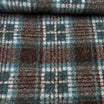
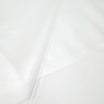
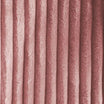
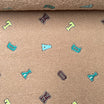
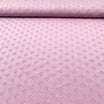
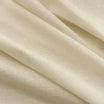
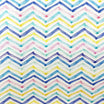
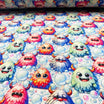

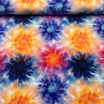
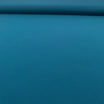

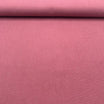
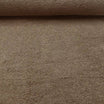

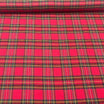

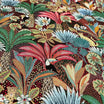
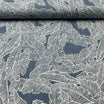
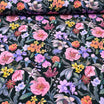
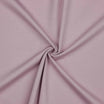
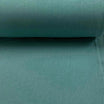
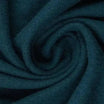
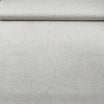
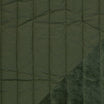
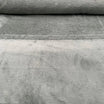
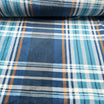
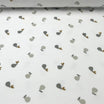
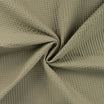

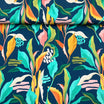
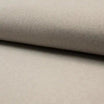
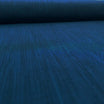

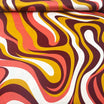

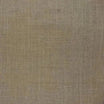
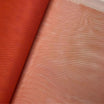
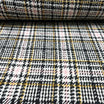
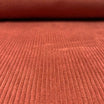
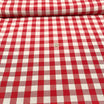

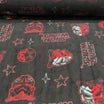
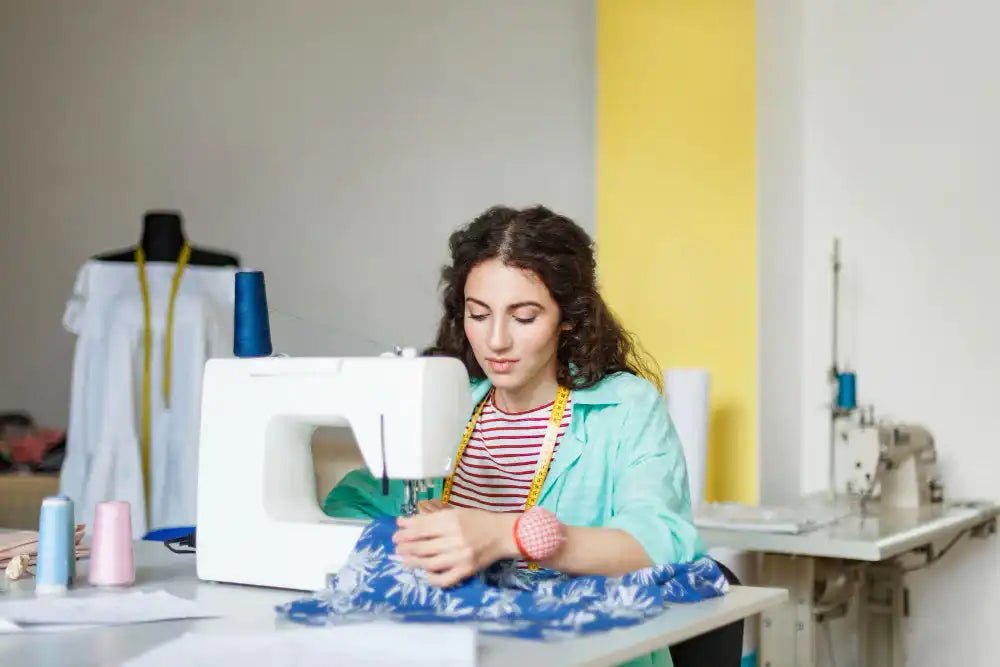
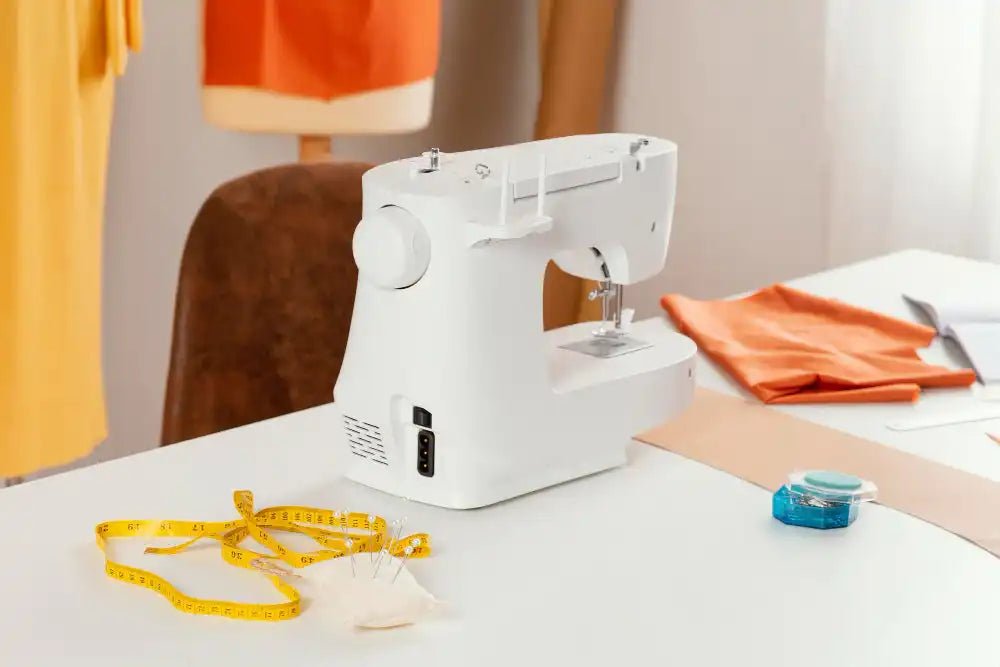
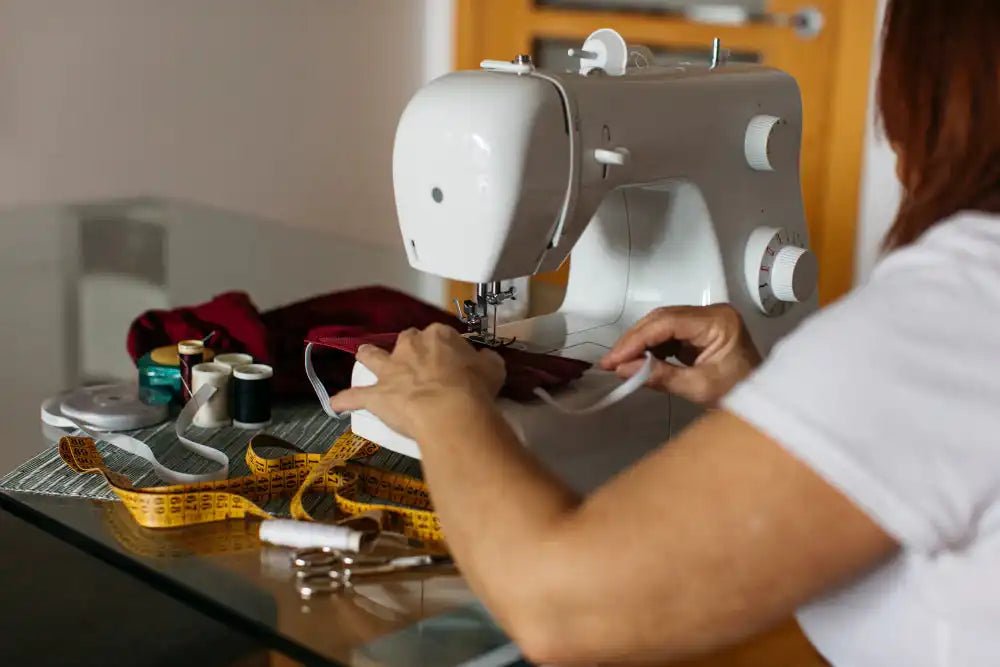
Leave a comment
All comments are moderated before being published.
This site is protected by hCaptcha and the hCaptcha Privacy Policy and Terms of Service apply.